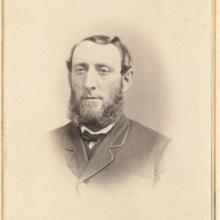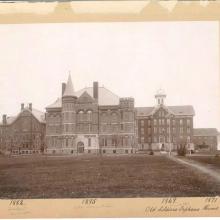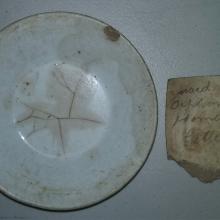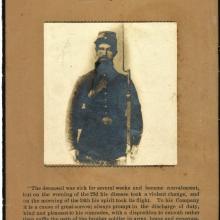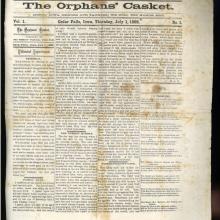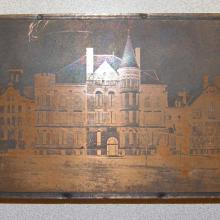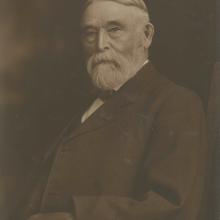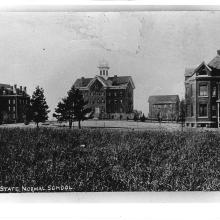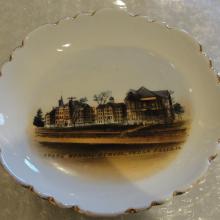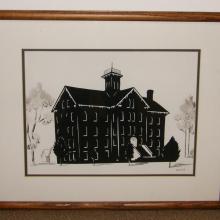Iowa was a new state in the decade leading up to the Civil War, granted statehood in 1846, and caught up in the national struggle to maintain the balance between slave and non-slave states being formed out of the new territories west of the Mississippi.
In 1854 the slavery issue became paramount when Stephen A. Douglas proposed that the Nebraska territory be divided into two territories – Kansas and Nebraska, each with the right to decide the slavery question based on popular sovereignty, thereby negating the 1820 Missouri Compromise which had limited the extension of slavery north of the 36o 30’ north latitude line (the southern boundary of Missouri).
In 1860 the Republican Convention nominated Abraham Lincoln for President. Their platform stressed non-extension of slavery, federal aid to railroads, free homesteads, protective tariffs, and federally sponsored internal improvements. Lincoln won both Iowa and the national election.
In December 1860, South Carolina seceded, followed in January 1861 by Mississippi, Florida, Alabama, Georgia, Louisiana, and Texas. As Congress and the President grappled for a diplomatic solution, the South fired upon a federal installation, Fort Sumter, on 12 April 1861. President Lincoln called for troops, and the Civil War commenced.
Nearly 80,000 men enlisted from Iowa, and around 13,000 died. Keokuk resident Annie Wittenmeyer, working with the Iowa Sanitary Commission was acutely aware of the difficult conditions under which soldiers were living in camps and worked with local aid societies throughout the war to raise money and send food and aid to military hospitals.
In late 1864, Wittenmeyer’s attention shifted to a new population that needed aid - the orphaned children of Civil War soldiers. The process of building and supporting a Soldiers’ Orphans Home became a rallying point of concentrated community effort as the war drew to its conclusion.
The first classes were held at the Iowa State Normal School on September 6, 1876. The building which had been built for soldiers' orphans was the only building on campus at that time. As more buildings were added, it was later called "North" and then "Central Hall."
A fire destroyed Central Hall on July 22, 1965.
For more information:
Cedar Falls Historical Society archives and collection.
Special Collections, University of Northern Iowa.
George Gallarno. "How Iowa Cared for Orphans of Her Soldiers of the Civil War" Annals of Iowa, January 1926, Vol. XV, No. 3. https://core.ac.uk/download/pdf/61082199.pdf


